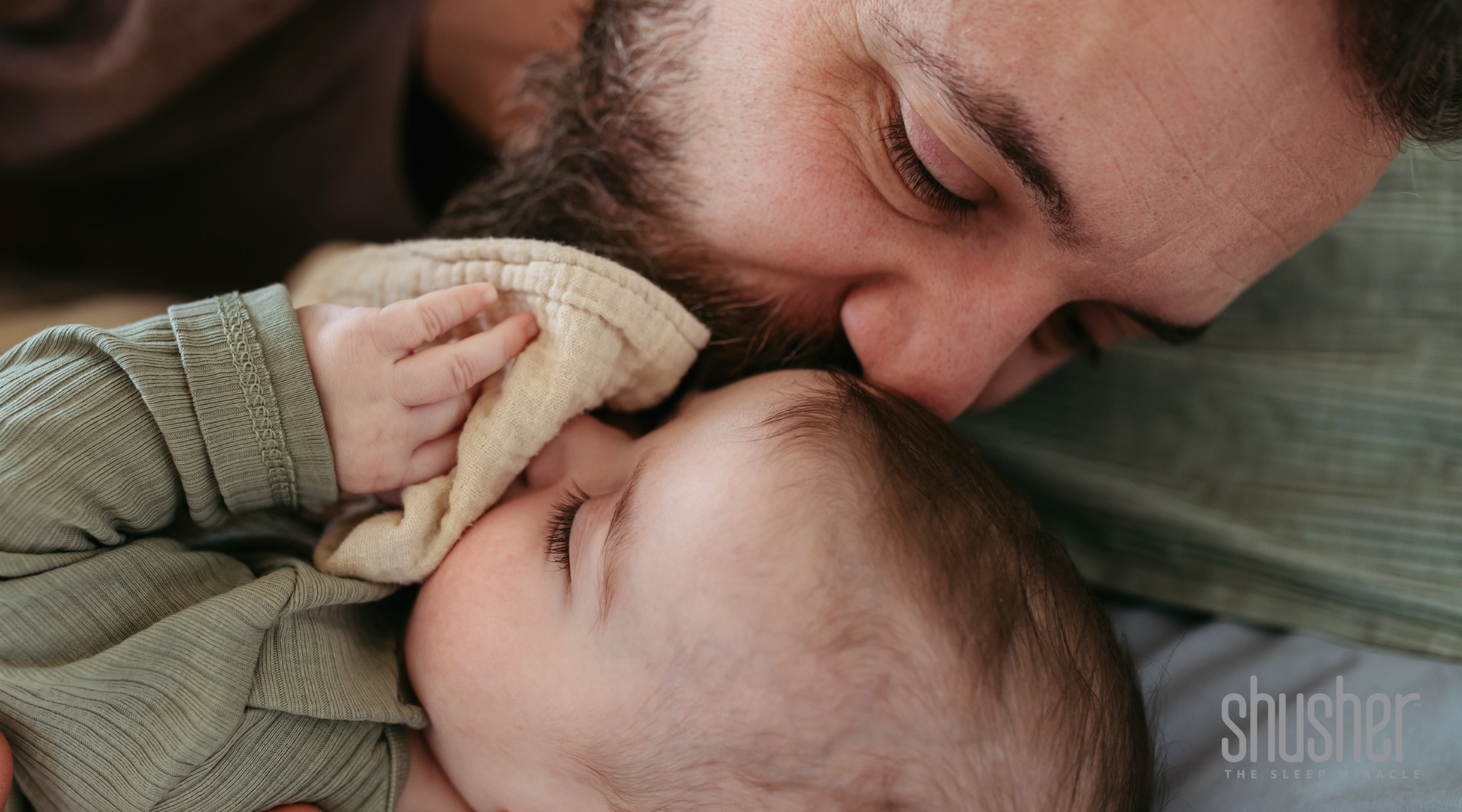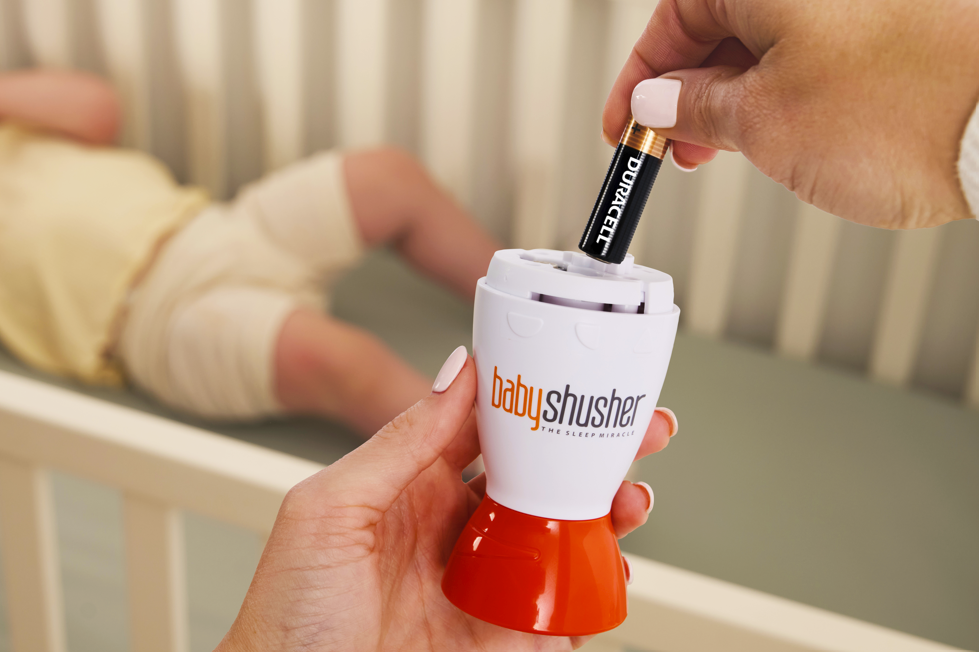If you’ve found yourself googling “how to get my baby to sleep without crying,” you’re far from alone. Sleep training can feel like a mysterious, loaded topic filled with strong opinions, confusing terminology, and a lot of late-night desperation.
This guide is here to demystify the concept, break down popular methods, and help you separate the science from the myths—so you can choose what works best for your family.
What is Sleep Training?
Sleep training is the process of teaching your baby to fall asleep (and stay asleep) independently. It doesn’t necessarily mean letting them “cry it out,” and it certainly isn’t one-size-fits-all. The goal is to help babies develop self-soothing skills while supporting healthy sleep habits.
Common Sleep Training Methods
There are several approaches to sleep training. Here are the most common:
1.Ferber Method
This involves allowing your baby to cry for short, gradually increasing intervals before offering comfort.
2. Chair Method
You sit next to your baby’s crib, offering comfort with your presence but not picking them up. Each night, you move the chair further away.
3. No Tears / Gentle Sleep Training
This method emphasizes comforting your baby as they fall asleep—rocking, nursing, or patting—then slowly reducing support over time.
4. Pick-Up/Put-Down Method
You pick up your baby when they cry, then put them down once they’re calm—repeating until they fall asleep.
What the Experts Say
According to the American Academy of Pediatrics (AAP), behavioral sleep training methods are safe and effective starting around 4–6 months of age. Studies have shown that these techniques can improve sleep outcomes for both babies and parents without long-term emotional harm.
Common Myths About Sleep Training
“Sleep training means letting my baby cry all night.”
False. Many methods are gentle and responsive. Crying is often part of the adjustment—but it’s not the goal.
“Sleep training damages attachment.”
Research shows that securely attached babies can learn to self-soothe and still maintain a strong parent-child bond.
“All babies should sleep through the night by 3 months.”
Also false. Night waking is normal well into the first year. Sleep training is about improving habits, not achieving perfection.
“There’s only one ‘right’ way to sleep train.”
Every baby—and every family—is different. What works for one may not work for another.
Is Your Baby Ready for Sleep Training?
You might consider sleep training if:
- Your baby is 4–6 months old or older
- You’ve established a consistent bedtime routine
- You’ve ruled out underlying medical issues
- Night wakings are frequent and affecting your well-being
Tools That Support Sleep Training
You don’t need to do it all alone. A few strategic tools can help you create a calming, consistent environment:
- Baby Shusher – Uses rhythmic shushing sounds to soothe babies naturally
- Sleep logs or tracking apps – Helps identify sleep patterns and progress
- Books – Like Precious Little Sleep or The Happy Sleeper, which provide methodical guidance
FAQ: Sleep Training
Q: How long does sleep training take?
A: Most families see progress within 3–7 nights, but consistency is key.
Q: Is it safe to sleep train my baby?
A: Yes, according to the AAP, sleep training is safe starting at 4–6 months when done appropriately.
Q: What if my baby still wakes up at night?
A: That’s normal. Sleep training focuses on falling asleep independently—night wakings may still occur, especially for feedings.
Q: Can I sleep train without letting my baby cry?
A: Yes—gentle methods exist, though they may take longer to show results.
Final Thoughts
Sleep training doesn’t have to mean stress, guilt, or crying marathons. With the right approach—and the right tools—you can guide your baby toward longer, more restful sleep while maintaining your nurturing bond.
Whether you use a structured method or ease into it gently, your baby’s sleep journey is yours to shape.

